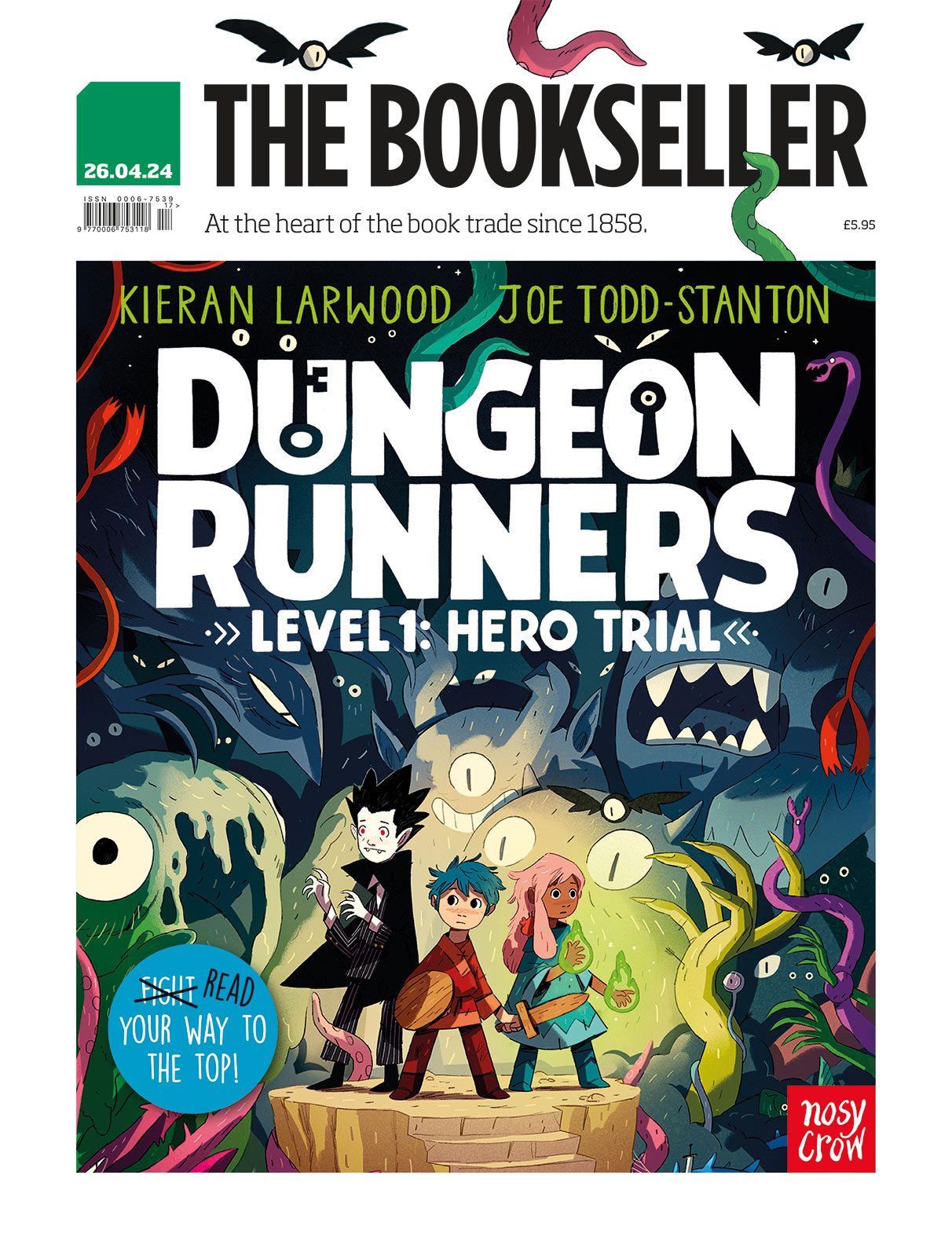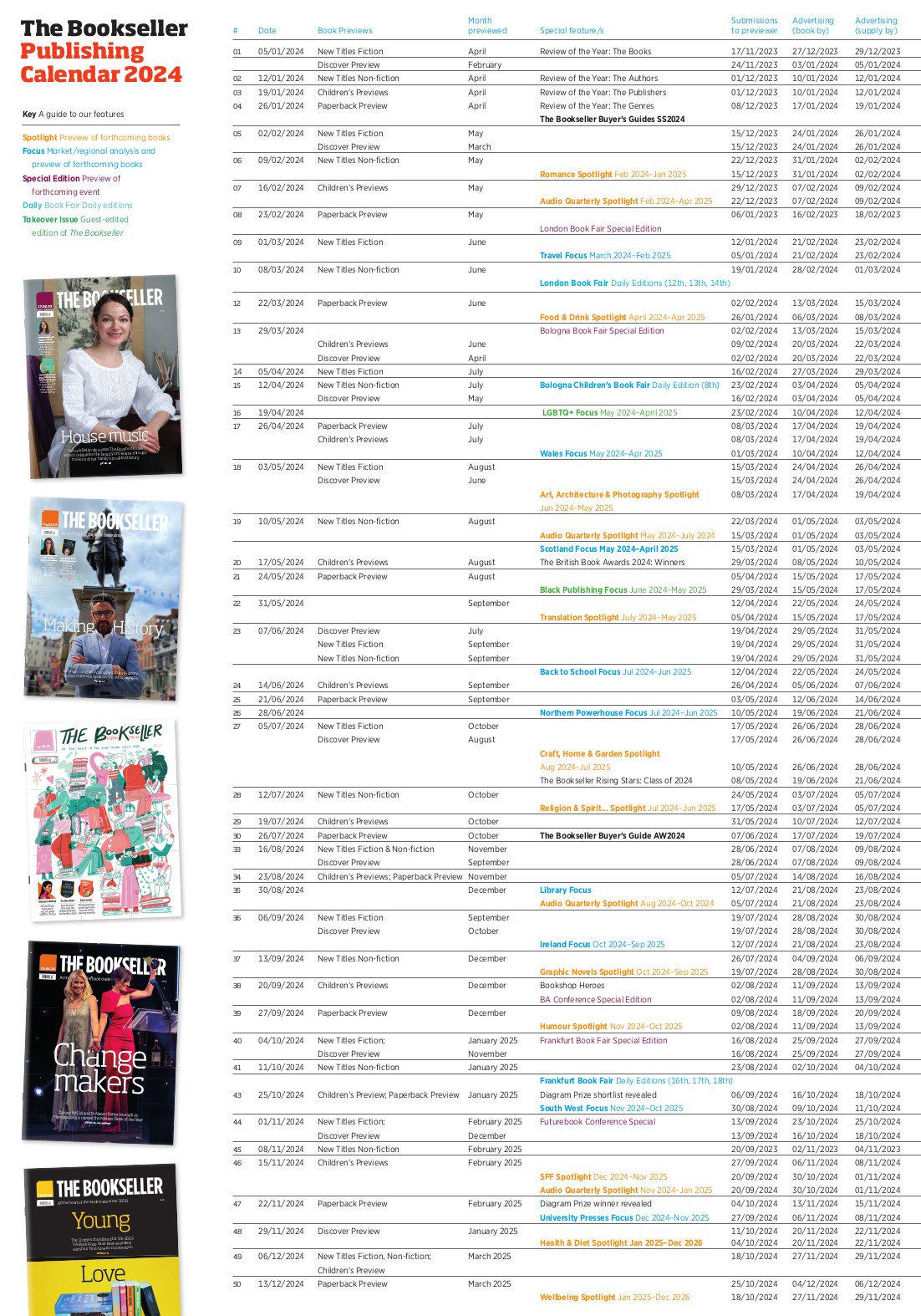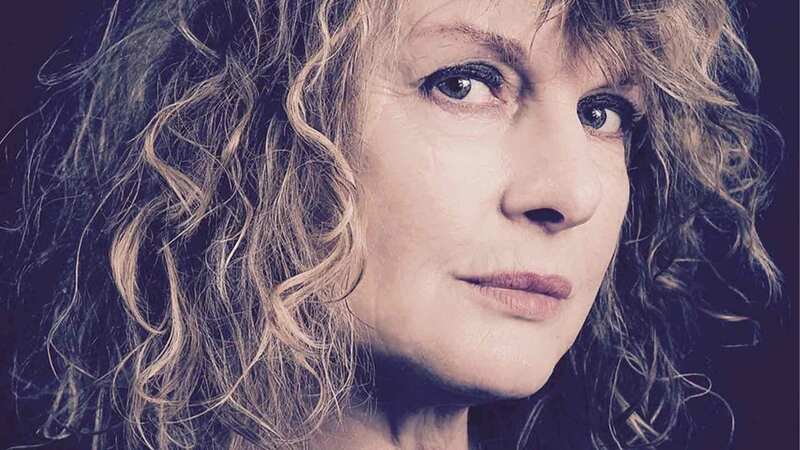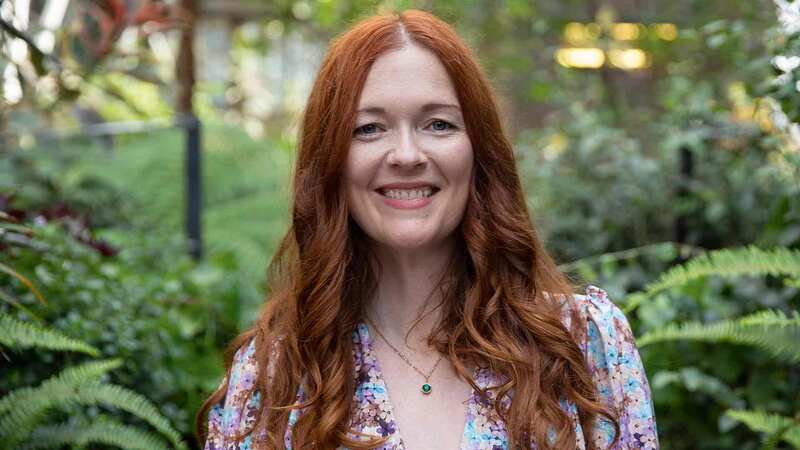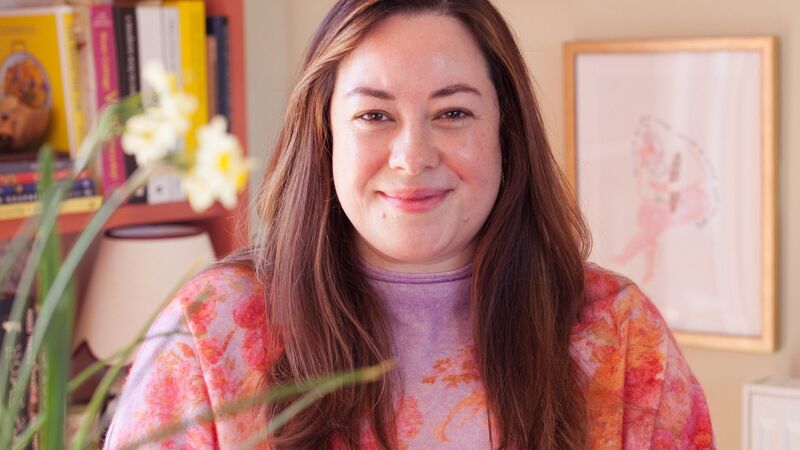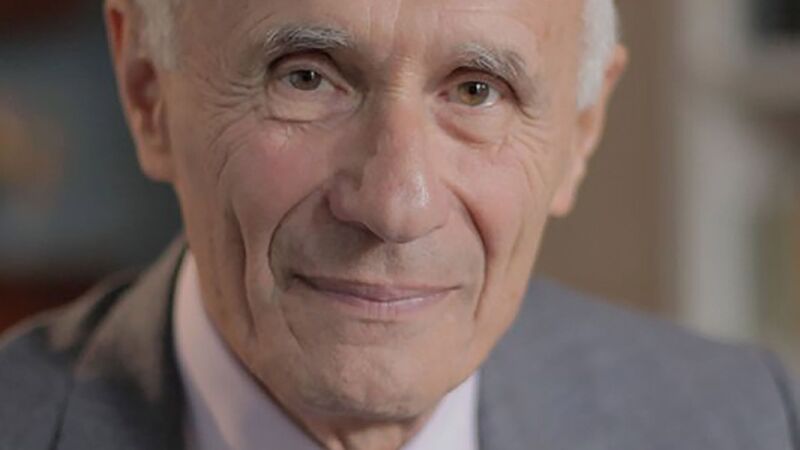You are viewing your 1 free article this month. Login to read more articles.
Lauren Child talks about Christmas in her new Clarice Bean story and how illustration responds to emotion
 Charlotte Eyre
Charlotte EyreCharlotte Eyre is the former children’s editor of The Bookseller magazine, and current children's books previewer. She has programmed ...more
Lauren Child‘s latest book focuses on Christmas in a Clarice Bean story that is full of empathy and hope

Charlotte Eyre is the former children’s editor of The Bookseller magazine, and current children's books previewer. She has programmed ...more
"Christmas cannot be Christmas without the Christmas spirit so it is important to keep an eye on it and not let it float away.” So declares Clarice Bean, Lauren Child’s indomitable heroine, who is returning to print for the first time in 15 years this autumn to spread festive spirit.
In Clarice Bean: Think Like an Elf, Clarice is determined to embrace everything the holiday has to offer, from carol singing and Christmas trees to Christmas cards, advent calendars and sending Christmas cards to everyone, even the miserable neighbour who won’t throw her frisbee back over the wall. Child had originally planned on writing a story about Clarice that was “funny but rather sad” but when Covid-19 restrictions were hitting hard last March the former Children’s Laureate decided to turn to Christmas instead.
“By the time we were in June all kinds of people’s religious celebrations and birthdays and weddings were being cancelled,” she says. “It felt like a time to write about what we wish for. I wrote about Christmas because it’s a festival I understand. It’s what we celebrate. I really thought about all the things I loved [about Christmas] when I was Clarice’s age.”
It’s about sharing and including, about seeing everybody as part of your world
Clarice’s joy is infectious and what makes her even more lovable is her determination to celebrate Christmas fully, even when an older or adult reader can see when her more circumspect parents are trying to reign it in. They tell her, for example, that if they want to invite friends and family on Christmas Day the children will have to do the shopping (they will need “114 potatoes plus six more”, according to Clarice’s calculations) and her mum shouts “not too big!” when it is time to go and choose the Christmas tree. The parents ultimately fail in making Clarice’s Christmas small, however, which seems exactly as it should be.
The ultimate message is one of empathy and hope, says Child. “I thought about what was important to me growing up and it was always the get-togethers with extended family and friends. Even more so as I get older. It’s about sharing and including, about seeing everybody as part of your world.”
Despite the first Clarice Bean book coming out in 1999, Clarice is still a young girl (around seven or eight in this book, according to her creator) and still lives on the same London street, which was inspired by where Child once lived in Kentish Town. Clarice herself was based on a girl Child could see out of her window, hiding from the boy next door, and other characters and places are drawn from real life, too. A health food shop in Primrose Hill became Eggplant and Clarice’s aunt is based on a Trinidadian friend of Child’s then boyfriend.
Many of the specificities of her life are often not revealed, however, which I thought was because we see the world through Clarice’s eyes, but Child says she also wanted as many readers as possible to identify with her heroine.
“I see them as a very ordinary family,” she says. “When Clarice is talking about her father having a high-powered job, that’s a child imagining her father is very important. I think he does a job that doesn’t make him happy but he has to do it. I don’t know if we will ever know what he does.”
Child used her trademark collage skills when creating the book. As a visual thinker, she needs to see what is happening in the story before she can write a single word and stresses that she wanted Clarice Bean: Think Like an Elf to be picture heavy. There are sweeping shots of the street, as well as smaller, less “busy” images, and the style changes depending on what is happening in the scene. Some of them are simple line drawings, some are very detailed, and others are “cartoony”, she says.
“If someone has just shouted at you, how you feel about yourself, and the world outside, changes. I would draw that differently... It’s not a mistake that one time she’s drawn with eyes that are really quite big and other times they are more realistic. That’s on purpose.”
I can usually draw and paint something like that while somebody is talking to me. It’s possible. With Clarice it was slightly more difficult because you have to keep reading the text
Clarice Bean is undoubtedly one of the most successful children’s book characters from the past two decades, so why wait so long to write another one? Child says there are a number of reasons. Her work on the Charlie and Lola TV show became “overwhelming”, and then Ruby Redfort took off. Ruby Redfort was originally a series of books that Clarice loves reading but Child and her publisher received so many letters asking “is Ruby real?” that they decided to give her a series of her own.
Another reason is that by this time Child had a daughter and didn’t have the headspace for longer books. “I had a few months off and I wrote a picture book called The New Small Person. It’s the most pleasure I’ve ever had doing any book and I think it was because my daughter was really little and she would come and sit with me and draw with me while we did it. I can usually draw and paint something like that while somebody is talking to me. It’s possible. With Clarice it was slightly more difficult because you have to keep reading the text.”
Clarice Bean, That’s Me was Child’s second book to be published but the first she ever worked on and she received countless rejections before it was picked up.
“The useful thing is that it was a book that came out of failure,” she says. Child received a lot of advice, some helpful, some not, and she realised she had to say something for herself, rather than simply aim to be published. “You should be thinking: ‘Do I have anything to say? Do I have anything I feel really passionate about trying to communicate? Is it making me happy?’ It was a real ‘growing up’ moment.”

